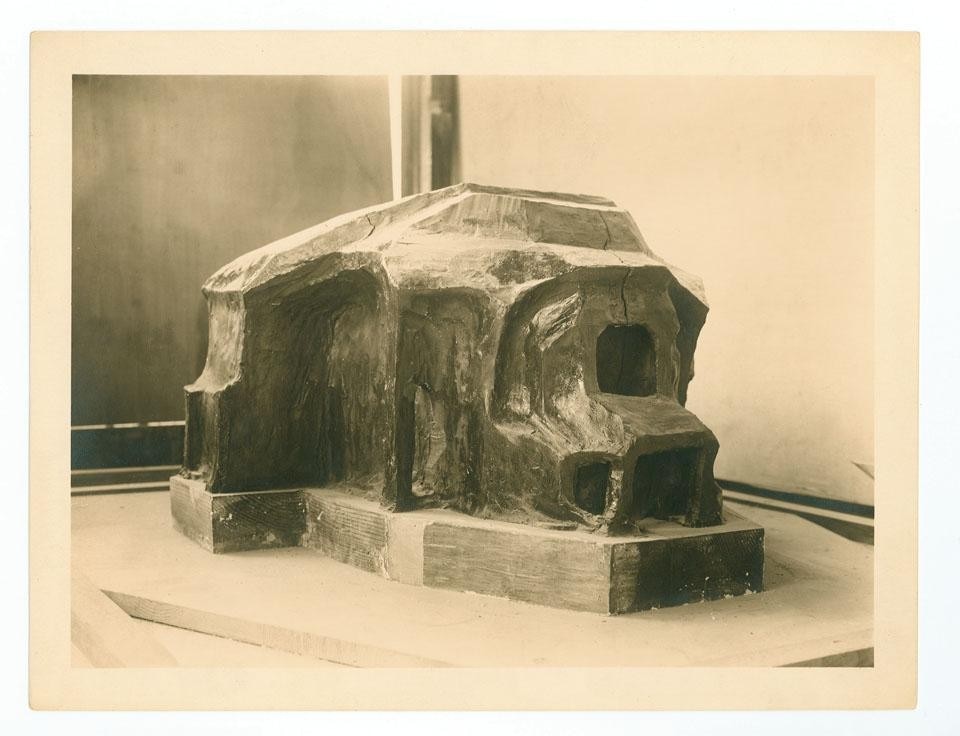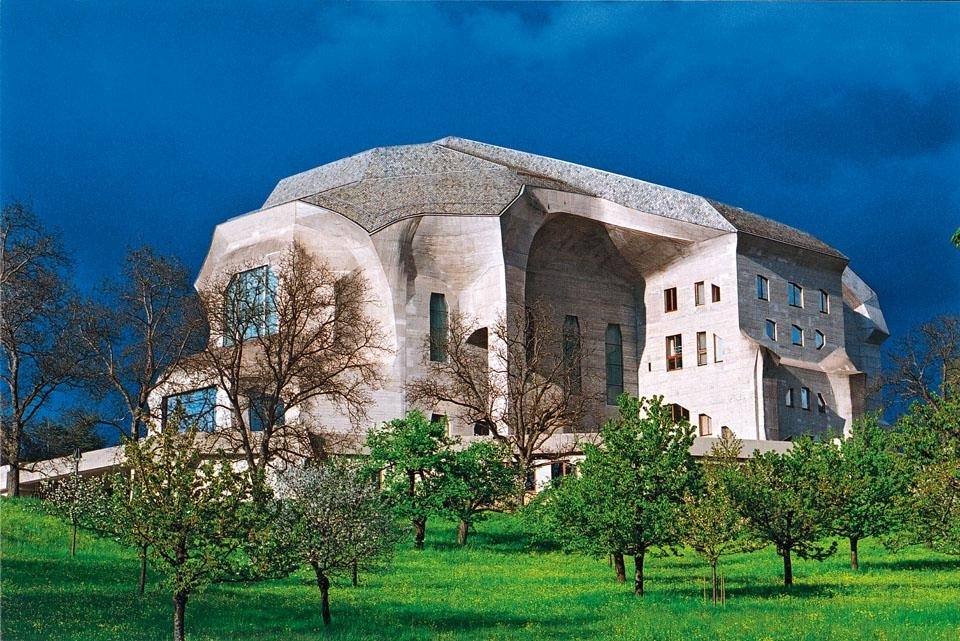Rudolf Steiner denied a mimetic relationship to nature: "The style-forms of the Goetheanum should not be understood as naturalistic imitations of some kind of external living or lifeless form," he wrote. (1) The building is the result of metamorphic processes. The previous Goetheanum was a wooden domed structure whose foundations were laid in September 1913, and which burnt down on New Year's Eve of 1922. The present building is its successor, and as such, its memorial. The fact that it was envisioned by the same person, who developed, among other theories, a theory of architecture, proves the basic continuity between the two structures: a conceptual, but not a literal "reconstruction". Steiner, the founder of anthroposophy, a movement dedicated to man's relationship to the spiritual world, associated the first building with the idealism of the beginnings. According to Steiner, the second building was not only intended to be the product of mourning, but also a document of the movement's development since the time of its foundation. (2)
Another metamorphosis is the form-finding process itself. In 1924, Steiner made a Plastiline model, which served as the basis for the realised building. The model assumed particular importance as Steiner was unable to participate further in the design process: he died after a long illness in March 1925, three years before the building was completed. But his decision was to build the new Goetheanum of concrete. A material of dubious identity, concrete can behave like wood in tectonic post-and-beam constructions, but can also slip into supple, clay-like and atectonic roles. Steiner's decision for the latter alternative was perhaps not evident, but had to do with his interpretation of the "nature" of this material. The execution process, however, had nothing to do with the form-finding in the supple, clay-like material. Building the wooden formwork was an immensely elaborate and demanding process, carried out by craftsmen of the Hamburg shipyard. The reason why Erich Mendelsohn's Einstein Tower in Potsdam (1920-1924) was finally built of traditional masonry, rather than of reinforced concrete as originally planned, lies in the difficulty and enormous costs of the shuttering. (3)
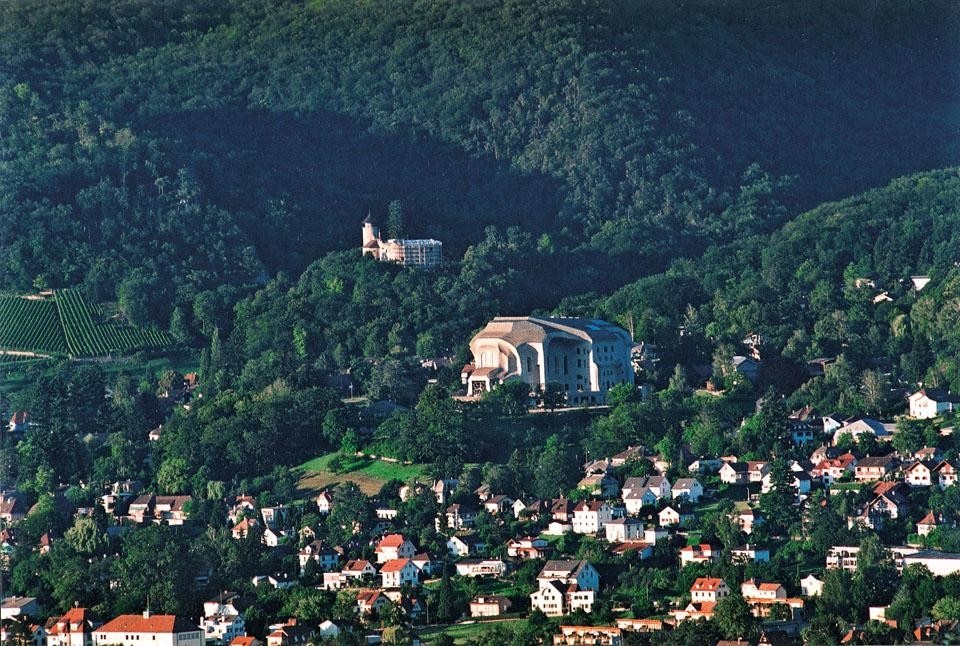
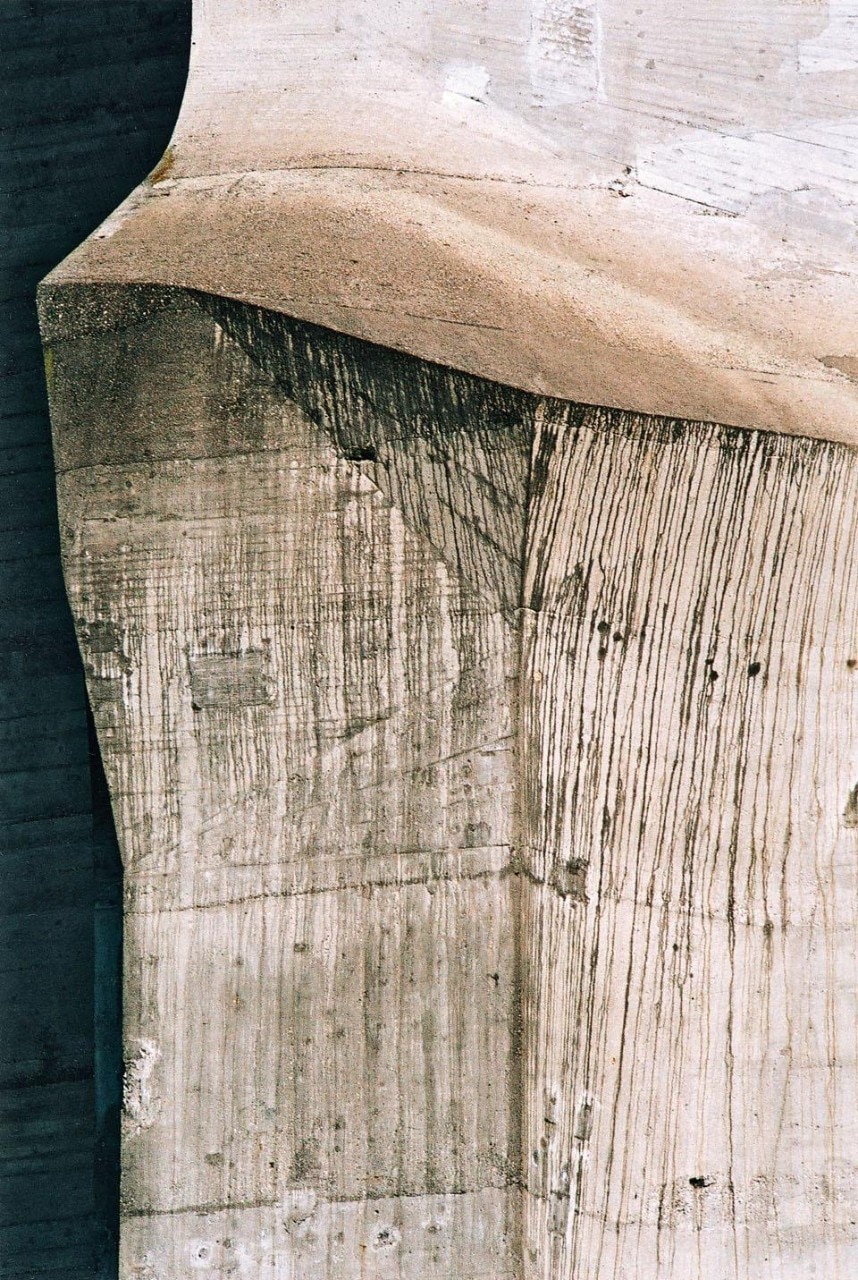
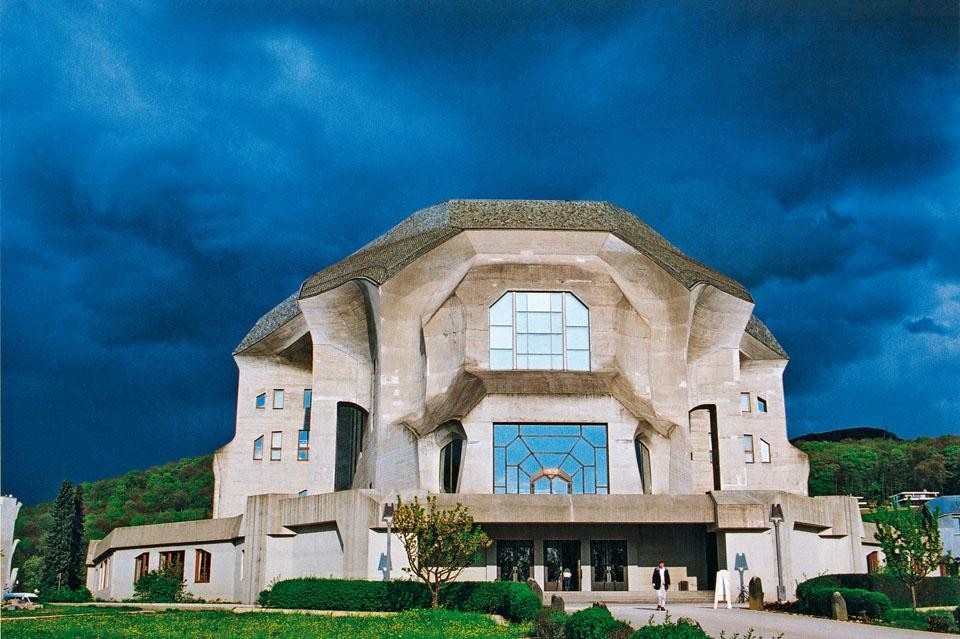
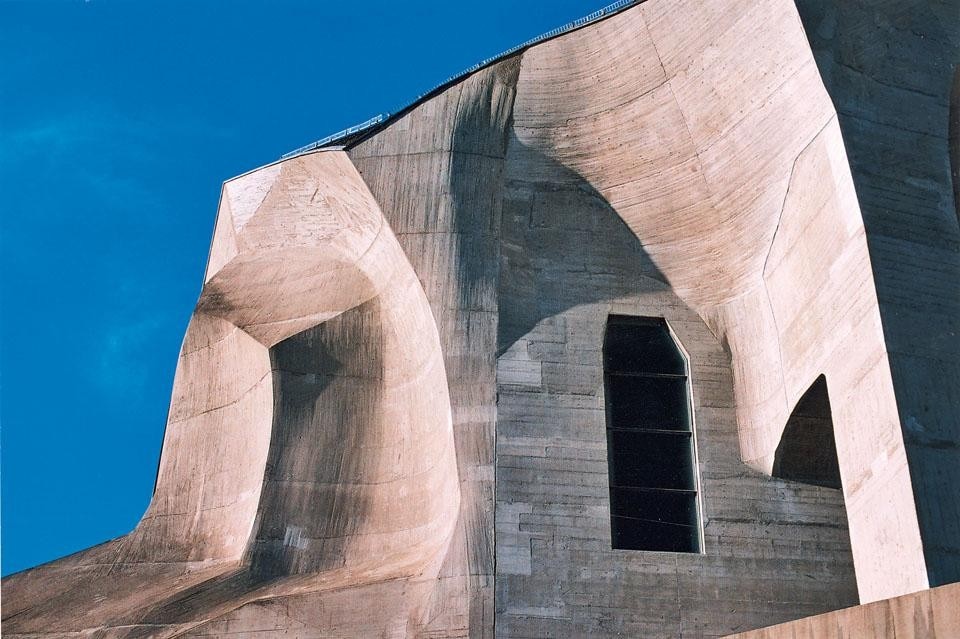
1. Rudolf Steiner, Das Goetheanum in seinen zehn Jahren, in Der Goetheanumgedanke inmitten der Kulturkrisis der Gegenwart. Ausgewählte Aufsätze, Rudolf Steiner Verlag, Dornach 1982, p. 149.
2. Ibid., p. 129s.
3. Hans Wilderotter (a cura di), Ein Turm für Albert Einstein. Potsdam, das Licht und die Erforschung des Himmels, Haus der Brandenburgisch Preussischen Geschichte, Potsdam 2005, p. 103.
4. Rudolf Steiner, Der gemeinsame Ursprung der Dornacher Bauformen und des griechischen Akanthus-Ornamentes, in R. Steiner, Wege zu einem neuen Baustil, Rudolf Steiner Verlag, Dornach 1992, p. 81.
5. Ibid., p. 82.
6. Rudolf Steiner, Der Usprung der Architektur aus dem Seelischen des Menschen und ihr Zusammenhang mit dem Gang der Menschheitsentwickelung, in Wege..., op.cit., p. 53. 7. Ibid., p. 54.
8. Ibid., p. 60 s.
9. Ibid., p. 61.
10. Rudolf Steiner, Der neue baukünstlerische Gedanke, in Wege..., op. cit., p. 146.
